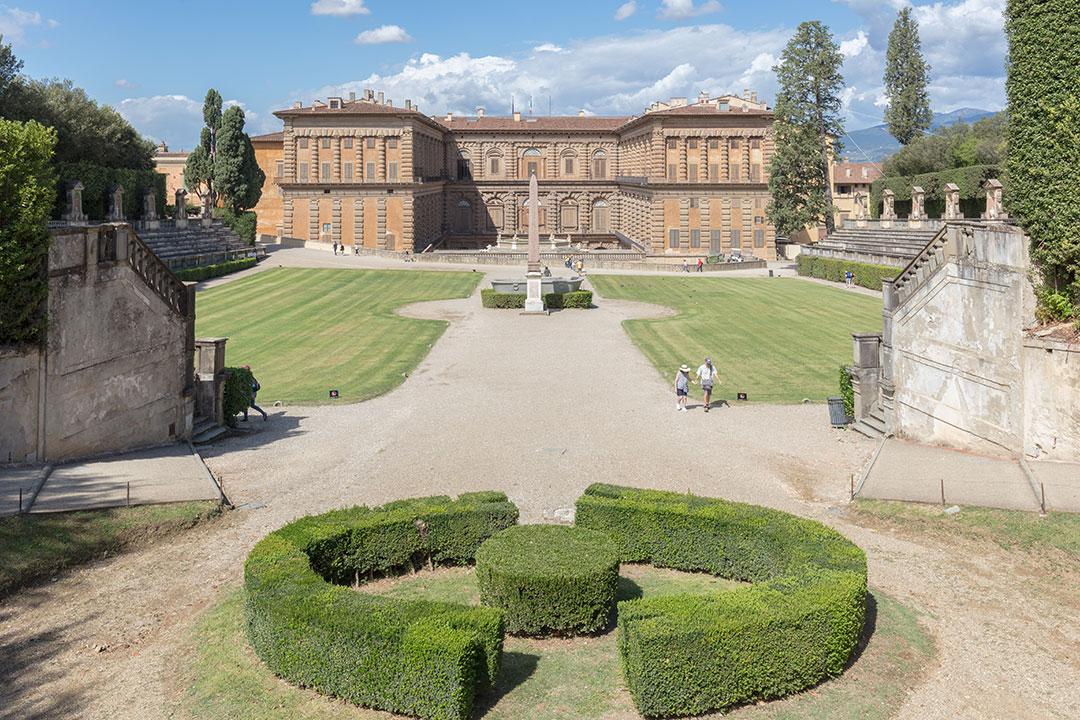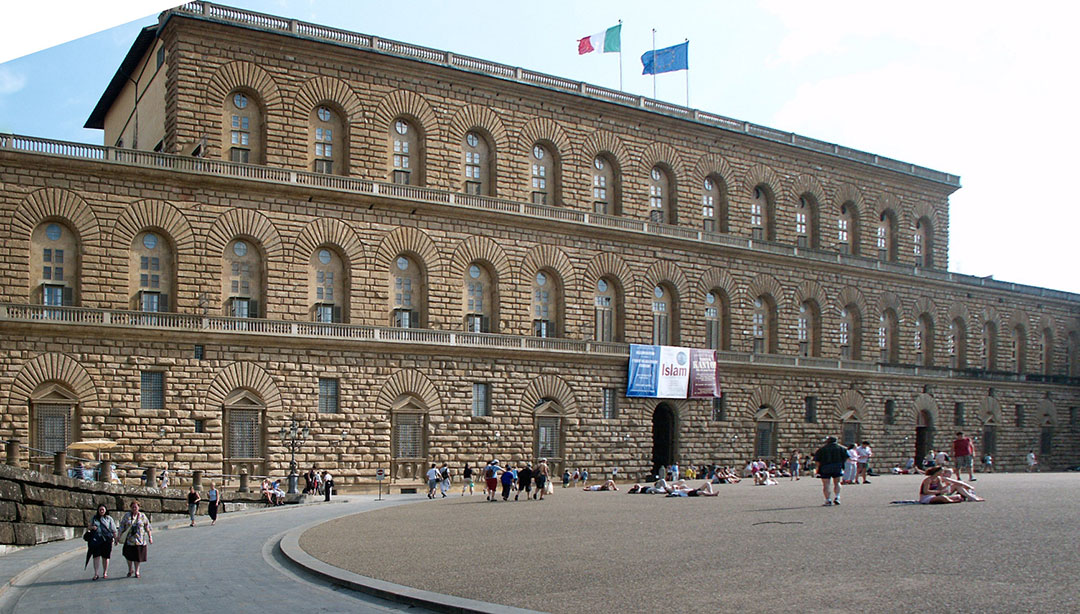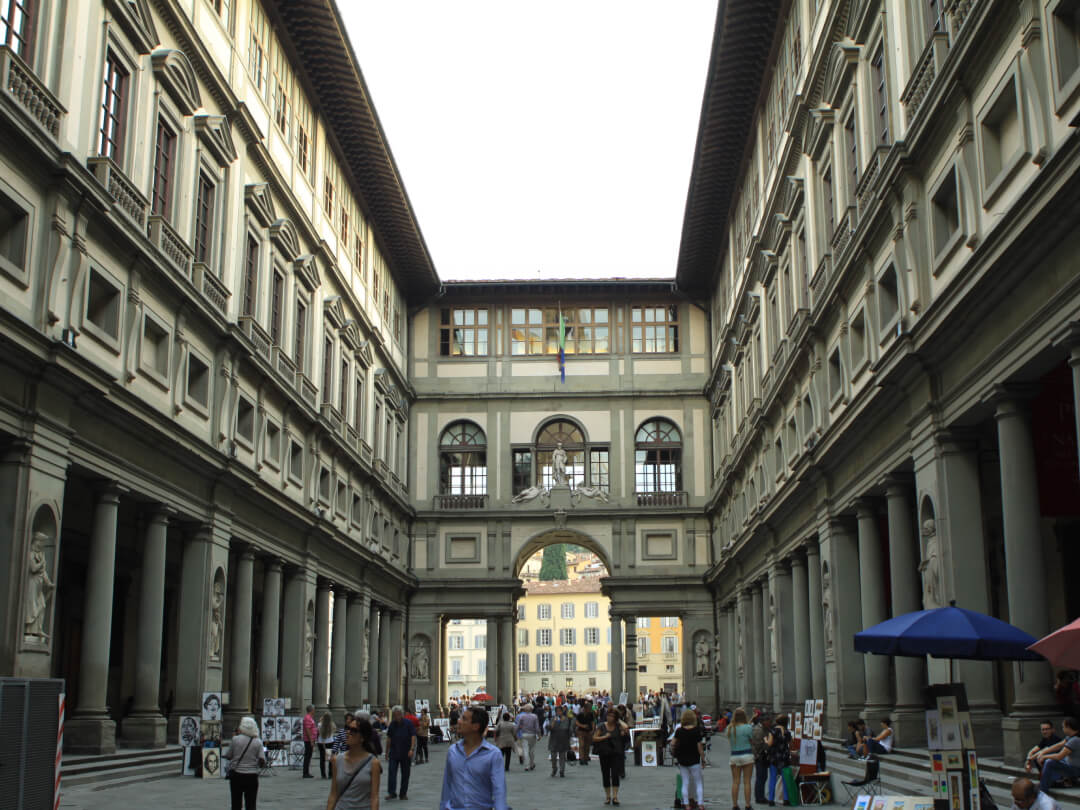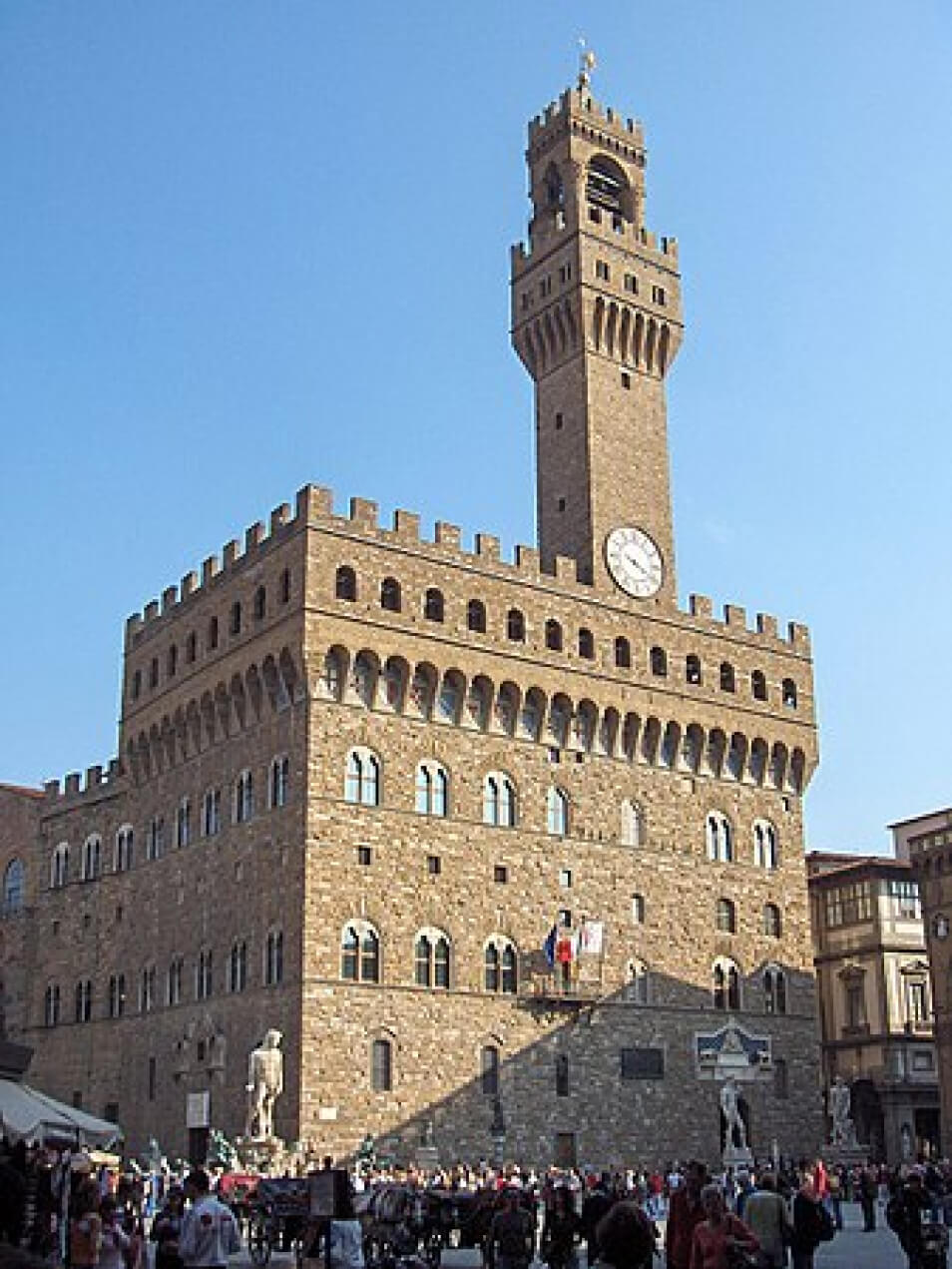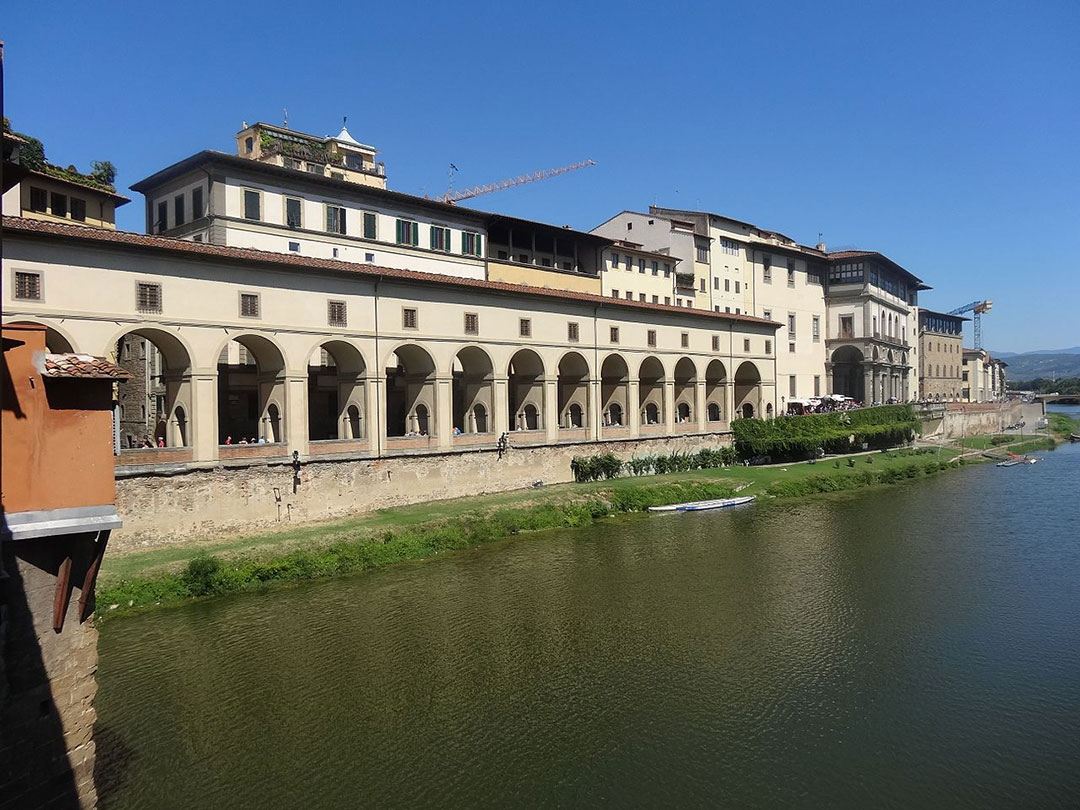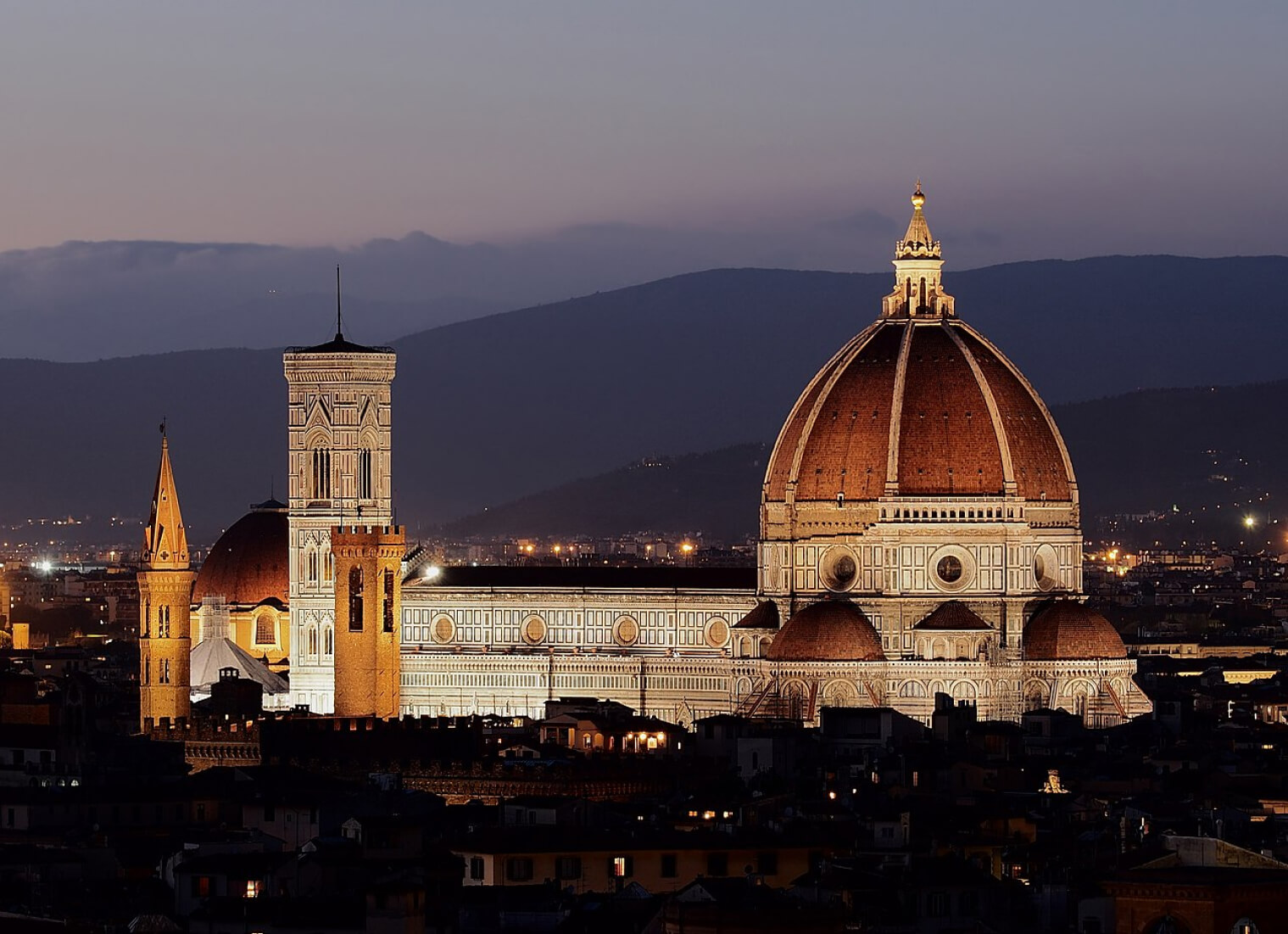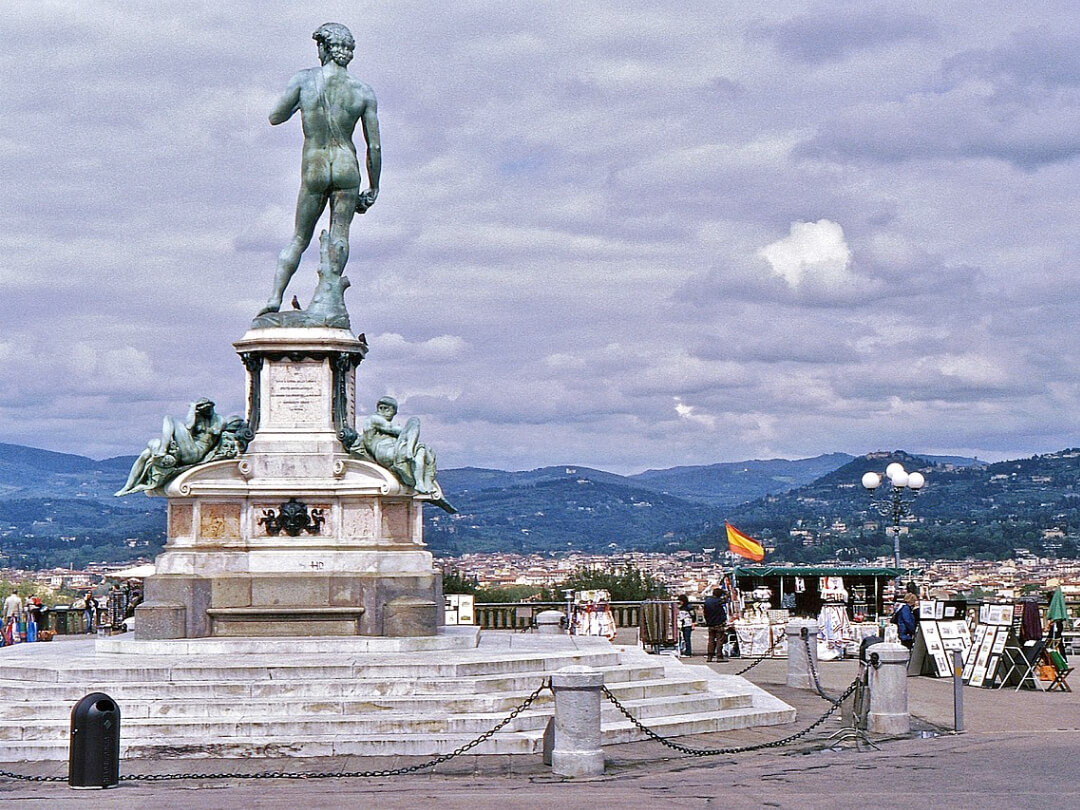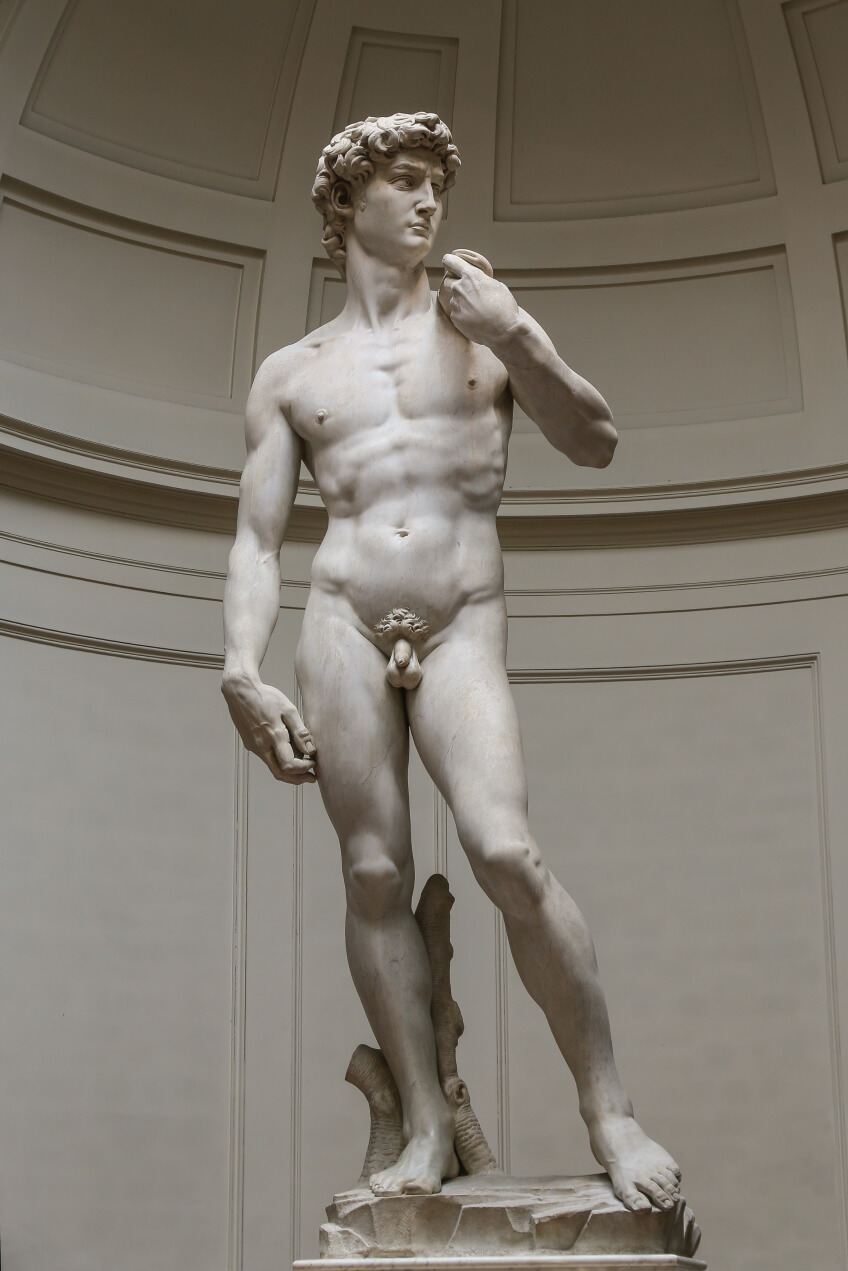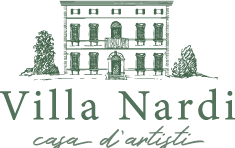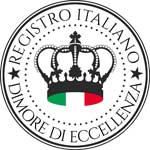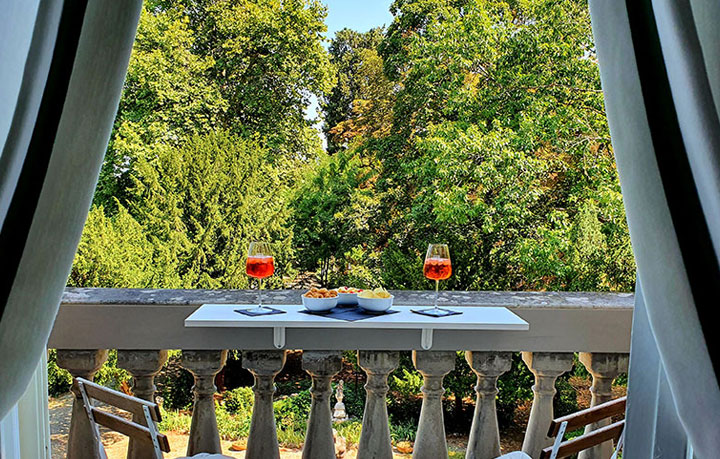Boboli Gardens
8 minutes walking | see route
Located behind Palazzo Pitti, the garden was created thanks to the Medici family, who first took care of its arrangement, creating a model of "Italian" garden that became an example for many European courts. The vast green area divided in a regular manner constitutes a real open-air museum, populated with ancient and Renaissance statues, adorned with caves, most notably the famous one created by Bernardo Buontalenti, and grand fountains, such as the Neptune and Ocean fountains.
Palazzo Pitti:
19 minutes walking | see route
Uffizi Gallery
27 minutes walking | see route
One of the most famous museums in the world, located in the wonderful 2-story building built between 1560 and 1580 according to the design of Giorgio Vasari, the Uffizi houses extraordinary collections of sculptures and paintings containing absolute masterpieces of art, from Giotto to Leonardo, passing through Raphael, Michelangelo, and Caravaggio, as well as masterpieces of German, Dutch, and Flemish painting. The collection of statues and busts that further embellish the corridors of the Gallery is also remarkable.
Palazzo Vecchio
29 minutes walking | see route
Vasari Corridor
31 minutes walking | see route
Cathedral of Santa Maria del Fiore
The Duomo
33 minutes walking | see route
Piazzale Michelangelo
34 minutes walking | see route
Accademia Gallery
40 minuti a piedi | see route
Boboli Gardens - By Diego Delso, CC BY-SA 4.0, Link
Palazzo Pitti - By Jean-Christophe BENOIST - Own work, CC BY 2.5, Link
Vasari Corridor - By Jordiferrer - Own work, CC BY-SA 4.0, Link
Uffizi Gallery - By Arek N., CC BY-SA 3.0, Link
Piazzale Michelangelo - By Michael Wittwer - Own work, CC BY-SA 4.0, Link
Palazzo Vecchio - By JoJan - Own work, CC BY-SA 3.0, Link
Cathedral of Santa Maria del Fiore - By Petar Milošević - Own work, CC BY-SA 4.0, Colegamento
David di Michelangelo - By Jörg Bittner Unna - Own work, CC BY-SA 3.0, Link

